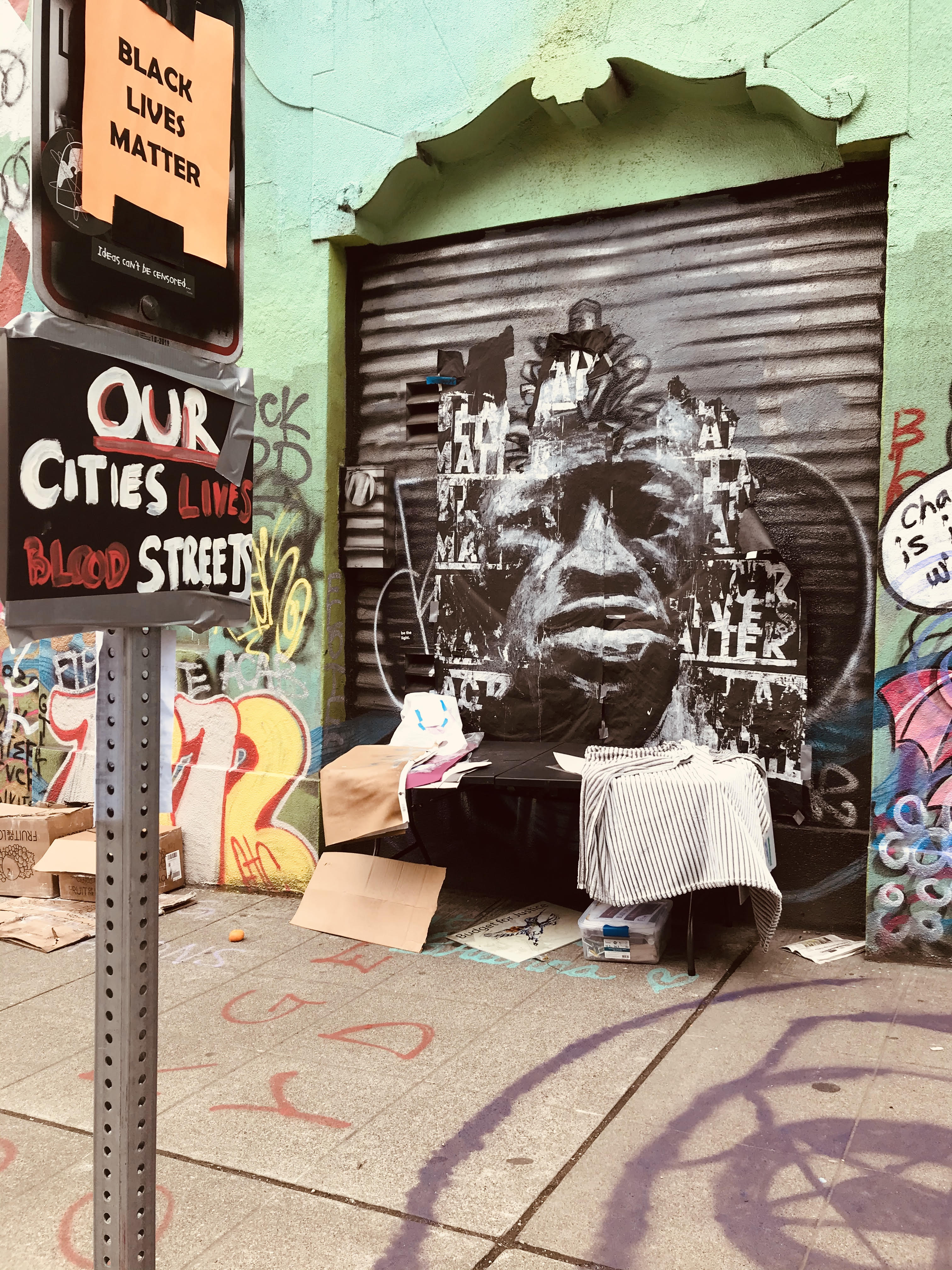
I had the opportunity to walk through the Capitol Hill Occupied Protest (CHOP) zone in Seattle before it was dismantled by authorities. CHOP was a six-block area taken over, occupied and declared an “autonomous” zone by Black Lives Matter protesters following the brutal murder of George Floyd. The police vacated the precinct located in the Zone on June 8 and did not re-enter until July 1.
The protesters’ goal was to create a neighborhood without police, but after several shootings the mayor signed an order to re-establish control over the area. Although the effort seemed to lack the leadership to sustain and focus the occupation, organizers demanded defunding the police and reallocating those funds to support rent control and community health. They also demanded the release of prisoners serving time for marijuana charges or resisting arrest.
Elements of CHOP reminded me of Christiania or “Free Town” in Copenhagen, Denmark. In 1971, in the midst of a housing shortage, activists stormed and occupied an abandoned 19-acre military facility in the heart of the city. After several attempts to reestablish control of the area, the authorities allowed it to exist as an autonomous community and grand social experiment. The movement’s initial mission statement involved the creation of a self-governing society where each individual holds themselves responsible for the wellbeing of the entire community. Their society was to be economically self-sustaining.
When I visited Christiania it was a symbol of the Danish progressive, liberated lifestyle. It was the fourth largest tourist attraction in Copenhagen, boasting over a half a million visitors annually.
As a young architecture student I found the community fascinating. Several remarkable businesses and organizations that could never have existed outside the walls thrived in this community—handmade bikes, organic restaurants, handmade clothing, community theater, yoga center and The Gay House to name a few. Christiania currently has approximately 1,000 residents and normalized its relationship with the government in 2010. After 39 years, Danish law is now enforced inside the community. It is fascinating how people with limited power and resources occupy and define space. Constructing buildings, walls and infrastructure are typically the privilege of the rich and powerful. In places like CHOP and Christiania, activists predominantly use temporal tactics to transform and establish ownership of space—marches, events, paint, stickers, tents and yes … art.
